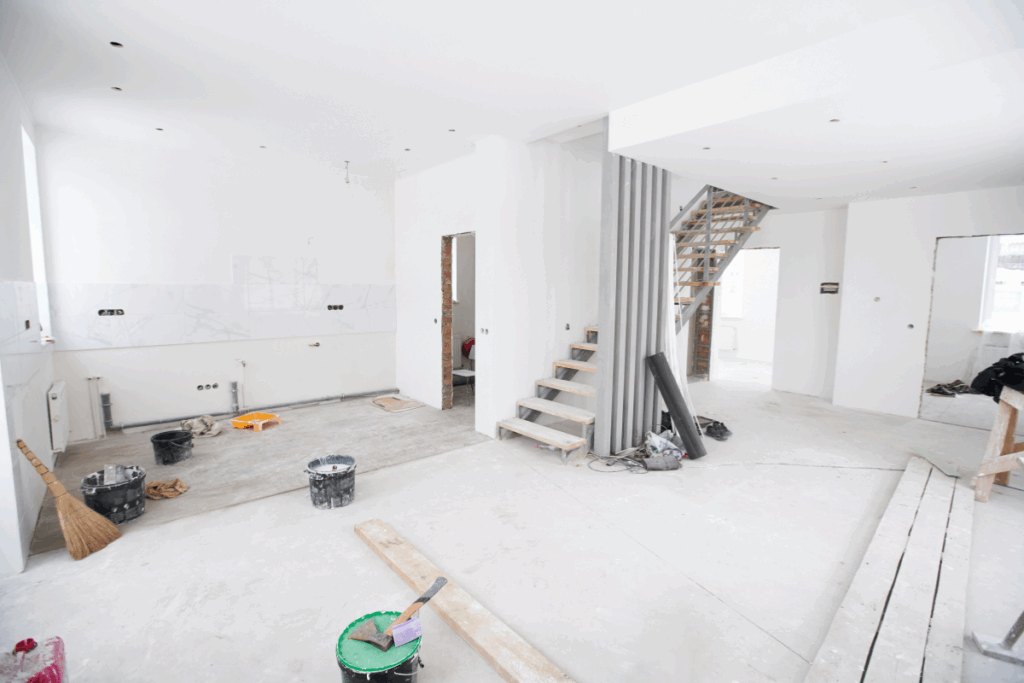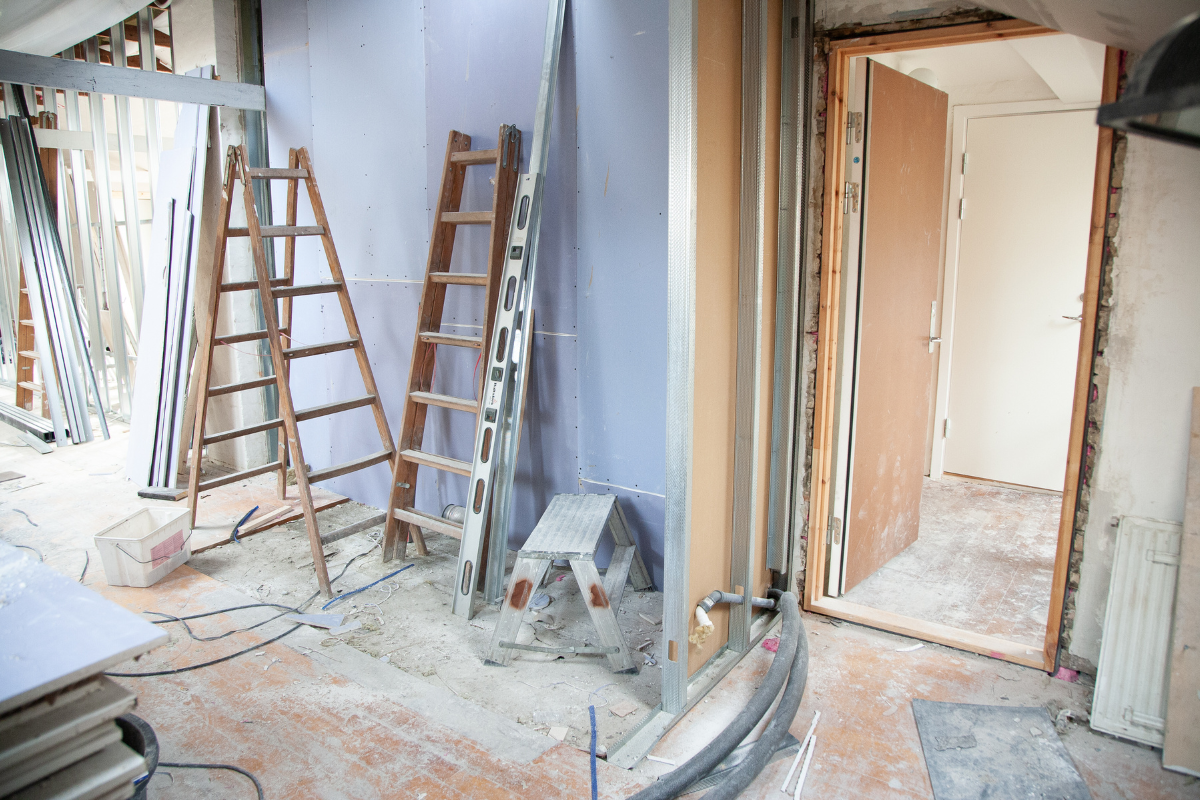Renovating a home in Singapore is a significant undertaking—one that combines excitement with a fair share of challenges. Whether you’re modernising a resale HDB flat, personalising a BTO unit, or revamping a private property, each step must be navigated carefully. Space limitations, government regulations, and high expectations for design and functionality all come into play.
This comprehensive guide walks you through the entire renovation journey, from planning and budgeting to final inspection and handover. Tailored to the Singaporean context, this article provides practical, step-by-step advice to help you avoid costly pitfalls and create a home that fits your lifestyle and the local climate.
Initial Planning and Budgeting
Set a Realistic Budget
Before you so much as browse tile samples, determine your budget. As a rule of thumb:
- BTO flats typically cost between $20,000–$45,000 to renovate.
- Resale flats often cost more, ranging from $40,000–$70,000 due to additional hacking and repairs.
- Private condominiums and landed homes can exceed $100,000, depending on size and complexity.
Be sure to factor in design fees, furniture, electrical appliances, and a contingency fund of 10–20% for unforeseen issues.
Understand the Costs Involved
Key cost categories include:
- Design Fees – Usually 8–15% of your total budget if hiring an interior designer.
- Contractor Fees – Covers labour and project management.
- Materials – Flooring, cabinetry, tiles, fittings, and finishes.
- Permits and Admin Costs – Especially for HDB flats.
- Furniture and Appliances – Often excluded from the renovation quote.
Create a Renovation Timeline
A standard HDB or condo renovation takes 8 to 12 weeks, while landed property works may stretch to 4–6 months.
Break it down into:
- Design phase: 2–4 weeks
- Permitting: 1–2 weeks
- Renovation: 6–10 weeks
- Post-renovation clean-up and defects rectification: 1–2 weeks
Avoid scheduling major works during the Chinese New Year period, when contractors may take extended leave.
Hiring Professionals
Know Who You Need
- Interior Designers (IDs): Offer concept creation, space planning, 3D rendering, material selection, and project coordination. Ideal if you need a one-stop solution.
- Renovation Contractors: Focus on execution. They don’t provide design services but can bring an existing design to life more affordably.
- Design-and-Build Firms: Combine design and construction under one roof. This can streamline communication and speed up delivery.
How to Vet Reliable Professionals
- Check HDB Licensing: All contractors working on HDB flats must be HDB-registered. Visit HDB’s Registered Renovation Contractor Directory to confirm.
- Look at Past Projects: Ask for portfolios. Visit actual completed homes if possible.
- Read Reviews: Seek unbiased feedback on platforms like Qanvast, RenoTalk, or Facebook community groups.
- Compare Quotes: Get at least three detailed quotations to compare scope, pricing, and professionalism.
What to Look For in a Contract
Ensure the contract includes:
- Detailed scope of work
- Breakdown of costs
- Payment schedule (avoid full payment upfront)
- Work timeline
- Warranty clauses (typically 1–2 years for workmanship)
- Termination and dispute resolution terms
Permits and Regulations
Renovating an HDB Flat
HDB has strict guidelines to maintain safety and uniformity in public housing. You’ll need approval for:
- Hacking of walls
- Bathroom works (especially in toilets less than 3 years old)
- Rewiring and electrical works exceeding 2 kW
Key rules include:
- No shifting of toilets or sinks to non-sanctioned locations
- Maximum air-conditioning weight limits on exterior walls
- Permissible working hours: Monday to Saturday, 9am–6pm (no Sundays or public holidays)
You can apply for permits via the HDB e-Service portal.
Private Property Renovations
While generally more flexible, you may need URA or BCA approvals for:
- External changes affecting façade or structure
- Conservation homes
- Major plumbing or electrical rewiring
Condo renovations must also be approved by the management committee, and MCST guidelines often regulate working hours and debris removal.
Design and Material Selection
Creating a Functional, Aesthetic Space
Singapore homes are compact, so thoughtful design is key:
- Emphasise vertical storage to maximise space.
- Use sliding doors instead of hinged ones in tight spaces.
- Choose light colours to open up the area.
- Combine open-concept layouts with multi-use furniture for flexibility.
Functionality must complement your lifestyle—design for the way you live, not the way showrooms look.
Material Selection Tips for the Singapore Climate
- Flooring: Vinyl is water-resistant, budget-friendly, and great for humid conditions. Marble looks classy but requires maintenance. Avoid real wood unless you’re willing to maintain it.
- Countertops: Quartz and solid surface are durable, with quartz being more heat- and scratch-resistant than granite or laminate.
- Cabinetry: Use plywood over MDF for higher durability in humid kitchens and bathrooms.
- Paint: Opt for mould-resistant, washable paint especially in bedrooms and kitchens.
The Renovation Process
Typical Phases of a Renovation
- Demolition & Hacking: Walls, tiles, and fixtures are removed. Expect dust and noise.
- Masonry Work: New tiles are laid, floors are levelled, and walls are patched up.
- Electrical & Plumbing: Wires, lights, switches, and pipes are installed or rerouted.
- Carpentry: Cabinets, wardrobes, and custom fittings are built and installed.
- Painting & Touch-Ups: Final layer of paint and minor rectifications.
Project Management Tips
- Weekly Check-Ins: Visit the site at least once a week. Request updates with photos if you’re unavailable.
- Checklist Management: Keep a shared checklist (Google Sheets works well) to track progress and outstanding issues.
- Prompt Decision-Making: Avoid delays by being decisive with material choices and design tweaks.
Post-Renovation
Final Inspection and Handover
- Walk through the home with your contractor or designer.
- Test all sockets, switches, doors, drawers, and taps.
- Check for paint smudges, uneven tiling, water pressure issues, and grout lines.
- Note down defects in a “defects list” and request a schedule for rectification.
Cleaning and Moving In
- Opt for professional post-renovation cleaning, as fine dust can linger in crevices and cabinetry.
- Consider an air purifier to improve air quality, especially if paint odour or VOCs are present.
Warranty and Maintenance
- Most IDs and contractors offer 1-year workmanship warranty; some premium firms offer up to 3 years.
- Maintain your home by:
- Re-caulking bathroom silicone annually
- Cleaning aircon filters monthly
- Avoiding harsh chemicals on quartz and laminate surfaces
Final Thoughts

Renovating your Singapore home is not just about choosing the right tiles or kitchen layout—it’s about creating a space that truly fits your needs, lifestyle, and future plans. With thoughtful planning, a reliable team, and a bit of patience, you can turn even the most modest HDB flat into a stylish, comfortable sanctuary.
As you embark on your renovation journey, remember: the process is just as important as the end result. Take your time, do your research, and enjoy the transformation.
Whether you’re updating a resale unit or moving into a brand-new flat, this step-by-step guide ensures you’re well-prepared to navigate Singapore’s renovation landscape with confidence and clarity.

